The World Where We Live: Colombia
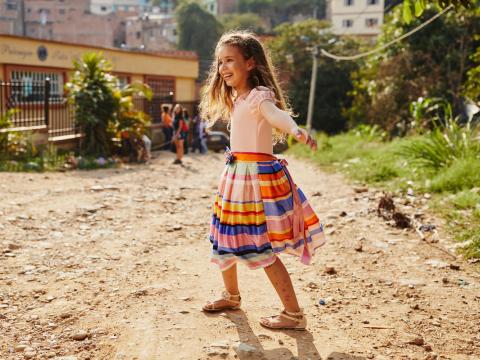
Colombia is a country that punches above its weight. Even though it takes up less than one per cent of the world’s landmass, more than 10 per cent of all animal species live here. You’ll find jaguars, caimans and condors in regions that range from mountains to deserts, rainforests, grasslands and tropical beaches. Welcome to Colombia, the “gateway to South America”!
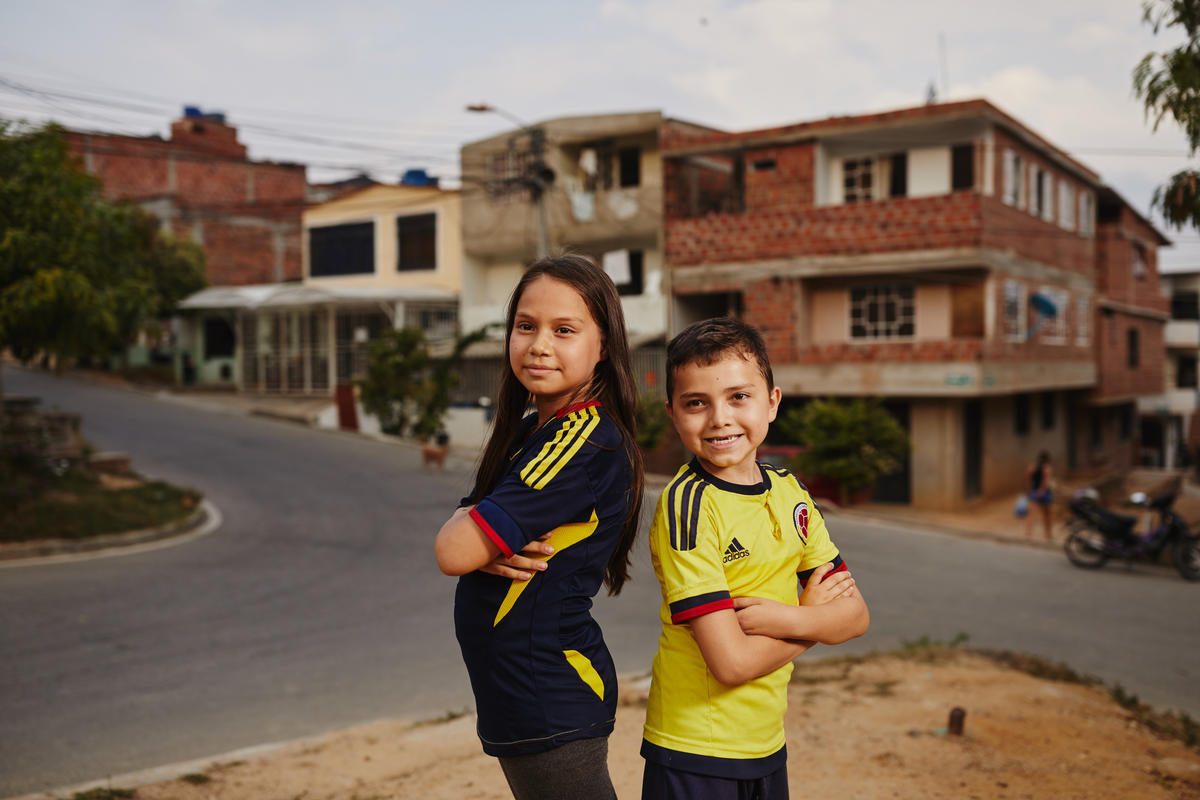 Sport is not just fun for Colombians, it’s a way of life! Football (soccer) is the most popular sport, with Colombian teams competing on the world stage. The men’s team have participated in six FIFA World Cups, with their best performance being when they reached the quarter finals in 2014. Their nickname is Los Cafeteros (the Coffee Growers). The women’s team have played in three World Cups, reaching the quarter finals in 2023. They’ve been playfully nicknamed Las Chicas Superpoderosas (the Powerpuff Girls)!
Sport is not just fun for Colombians, it’s a way of life! Football (soccer) is the most popular sport, with Colombian teams competing on the world stage. The men’s team have participated in six FIFA World Cups, with their best performance being when they reached the quarter finals in 2014. Their nickname is Los Cafeteros (the Coffee Growers). The women’s team have played in three World Cups, reaching the quarter finals in 2023. They’ve been playfully nicknamed Las Chicas Superpoderosas (the Powerpuff Girls)!
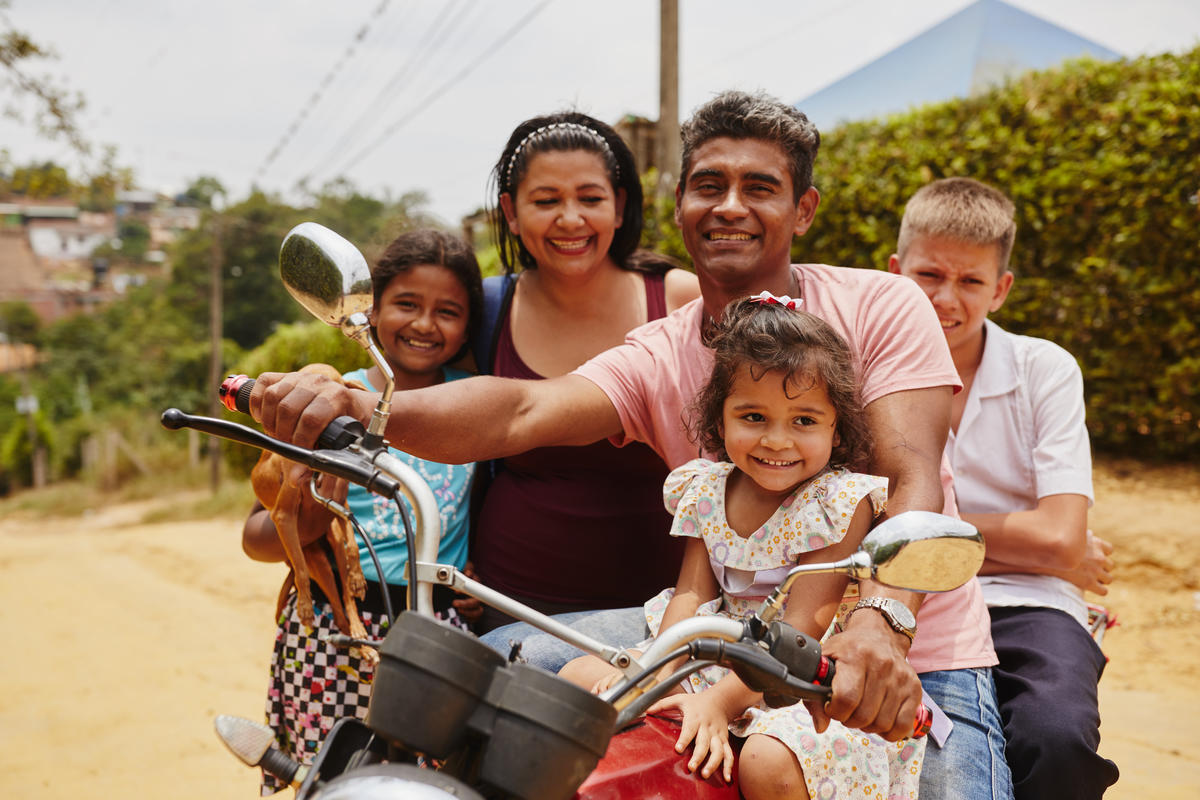 Families are closely knit in Colombia – many generations of one family may live together under the same roof, and people’s social circles often revolve around extended family members. Most children have padrinos (godparents), who act as second parents and role models for the child. Weddings and birthdays are big celebrations where the whole family gets together.
Families are closely knit in Colombia – many generations of one family may live together under the same roof, and people’s social circles often revolve around extended family members. Most children have padrinos (godparents), who act as second parents and role models for the child. Weddings and birthdays are big celebrations where the whole family gets together.
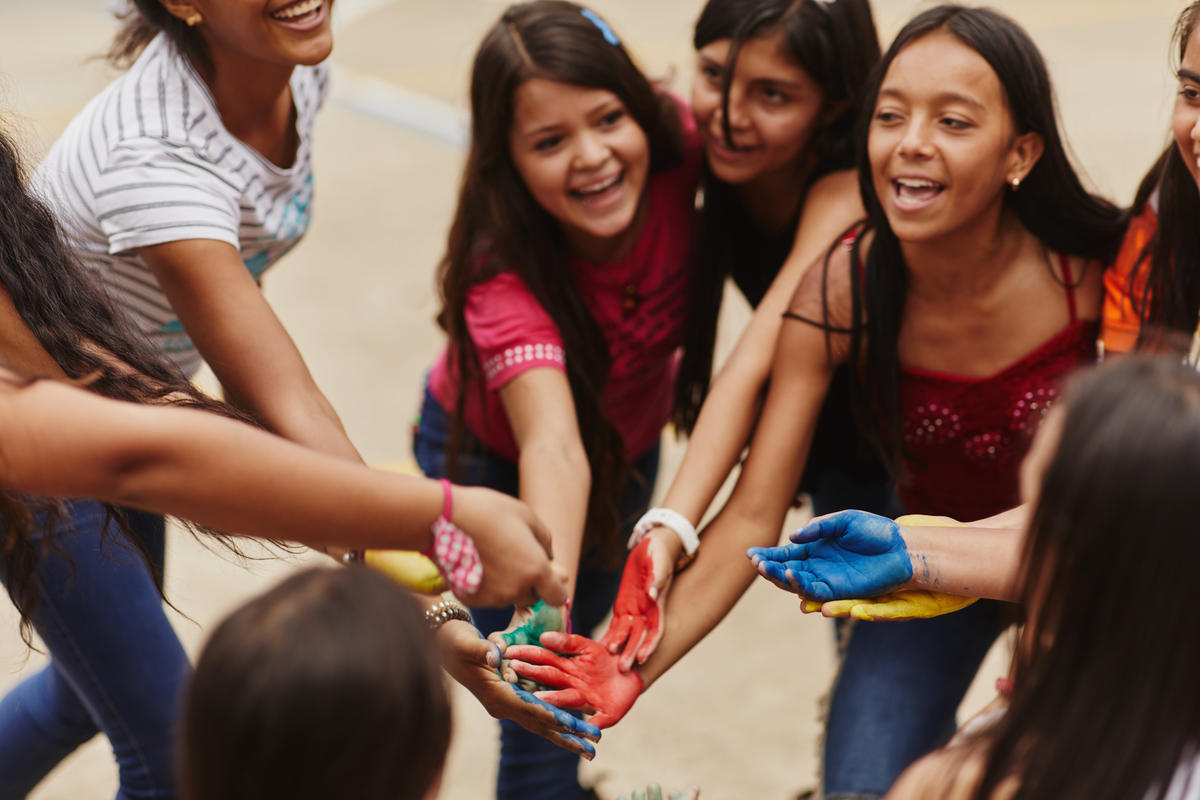 Child protection and safety are big concerns in Colombia – about 1.4 million children are living in vulnerable communities where they face child labour, exploitation and displacement. Children may work on farms, in the streets or even be recruited into armed groups. But things are changing. The Safe Schools Declaration, which World Vision supports, has resulted in improved safety measures for more than 2.6 million children and adolescents. And World Vision sponsors are partnering with 37,000 children to help them live full and healthy lives.
Child protection and safety are big concerns in Colombia – about 1.4 million children are living in vulnerable communities where they face child labour, exploitation and displacement. Children may work on farms, in the streets or even be recruited into armed groups. But things are changing. The Safe Schools Declaration, which World Vision supports, has resulted in improved safety measures for more than 2.6 million children and adolescents. And World Vision sponsors are partnering with 37,000 children to help them live full and healthy lives.
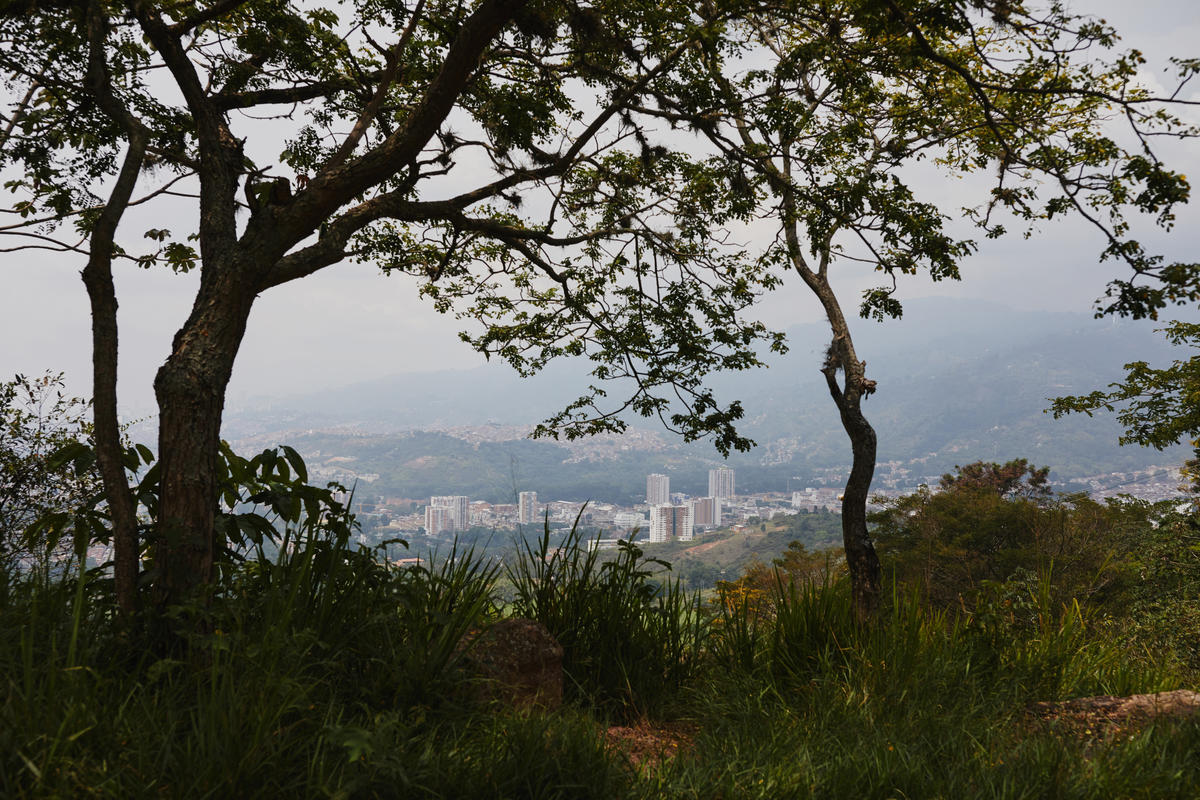
Lying close to the Equator, Colombia’s climate is tropical with consistently warm temperatures and monsoonal rains. Much of the country is rainforest with tropical savannah found inland. The wet season arrives with the summer and the winter brings the dry season. The locals talk of three temperature zones – the tierra caliente (hot land), tierra templada (temperate land) and tierra fría (cold land) – as you gain altitude from the sea up into the mountains.
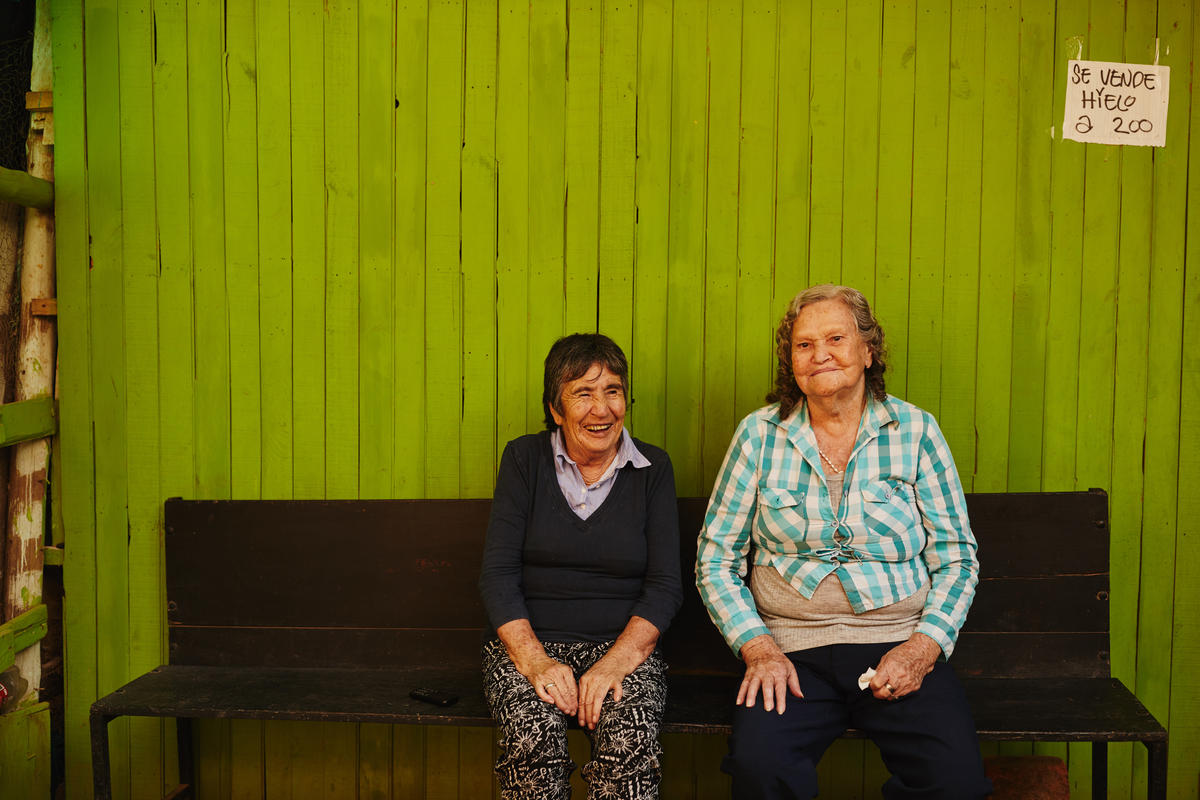 Colombians love colour! Wherever you go, you’ll spot buildings and often ornately decorated doors and windows splashed with colour. Cities like Cartegena and towns like Jardín and Barichara are known for their colonial architecture and bright colours. But Guatapé must hold the world record for the world’s most colourful town – the streetscapes here are filled with a riot of vivid painted buildings and murals. It’s known for its zócalos, small murals telling the story of the home’s residents or local stores, in a tradition stretching back a century.
Colombians love colour! Wherever you go, you’ll spot buildings and often ornately decorated doors and windows splashed with colour. Cities like Cartegena and towns like Jardín and Barichara are known for their colonial architecture and bright colours. But Guatapé must hold the world record for the world’s most colourful town – the streetscapes here are filled with a riot of vivid painted buildings and murals. It’s known for its zócalos, small murals telling the story of the home’s residents or local stores, in a tradition stretching back a century.
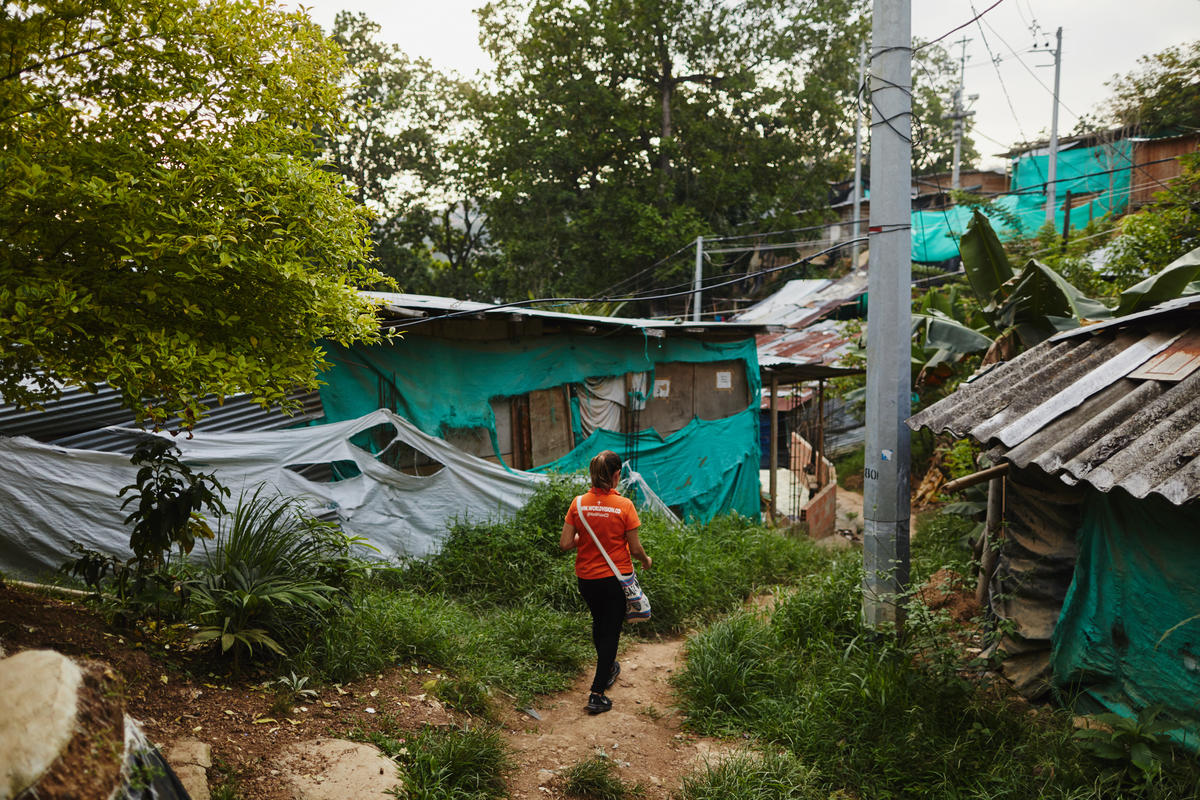 Colombia’s shanty towns reveal the country’s underbelly. As of 2022, there were 4.8 million internally displaced people, who are fleeing gang violence and decades of conflict between the government and guerrilla groups. Added to the crisis are the thousands of refugees crossing the border from Venezuela. They arrive in the cities looking for shelter and work, but end up in shantytowns built on the surrounding hillsides – Bogotá has more than 20,000 illegal settlements in the city, spanning from settlements of 300 homes to smaller pioneer groups of families. With the support of child sponsors, together we’ve reached more than 834,100 people through programmes focused on child protection, education, and food security and livelihoods in countries like Colombia.
Colombia’s shanty towns reveal the country’s underbelly. As of 2022, there were 4.8 million internally displaced people, who are fleeing gang violence and decades of conflict between the government and guerrilla groups. Added to the crisis are the thousands of refugees crossing the border from Venezuela. They arrive in the cities looking for shelter and work, but end up in shantytowns built on the surrounding hillsides – Bogotá has more than 20,000 illegal settlements in the city, spanning from settlements of 300 homes to smaller pioneer groups of families. With the support of child sponsors, together we’ve reached more than 834,100 people through programmes focused on child protection, education, and food security and livelihoods in countries like Colombia.
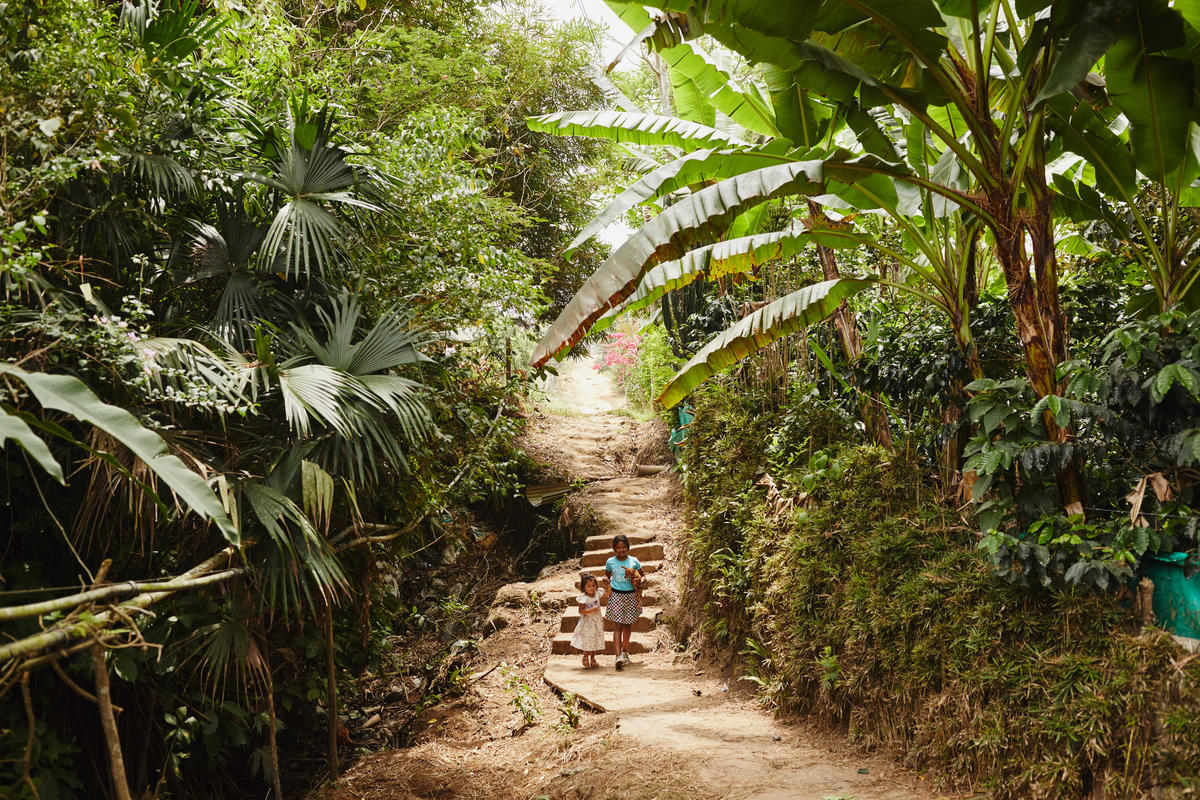 Geographically, Colombia is divided north to south by the Andes mountains. To the east lie the Amazon rainforest and tropical savannah grasslands of Los Llanos, while to the west and north are the beaches of the Pacific Ocean and Caribbean Sea. And in the mountain regions you’ll discover “cloud forests” – these are where cold mountain air meets the warm moist air rising from the lowland rainforests, draping the highland forest in a mantle of fog that hides rare orchids, amphibians and birds.
Geographically, Colombia is divided north to south by the Andes mountains. To the east lie the Amazon rainforest and tropical savannah grasslands of Los Llanos, while to the west and north are the beaches of the Pacific Ocean and Caribbean Sea. And in the mountain regions you’ll discover “cloud forests” – these are where cold mountain air meets the warm moist air rising from the lowland rainforests, draping the highland forest in a mantle of fog that hides rare orchids, amphibians and birds.
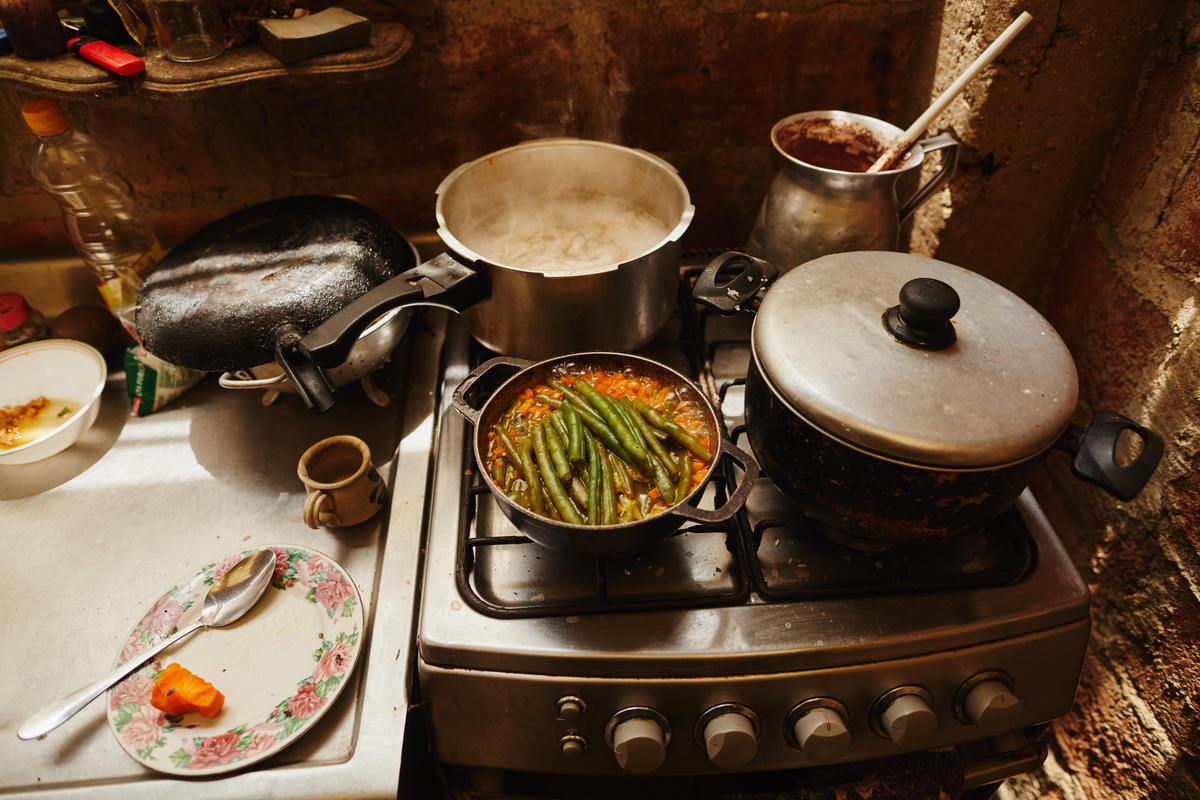 What’s for dinner? It depends where you go – common dishes and ingredients vary depending on the region. Colombian cuisine reflects the heritage of its peoples, with indigenous and European dishes influenced by Black Caribbean culture. Favourite dishes include bandeja paisa (mixed platter) in Medellín, sanchocho de gallina (chicken stew) in Cali, ajiaco (potato soup) in Bogotá, coconut rice on the Caribbean coast, and tamales (corn parcels) in Tolima.
What’s for dinner? It depends where you go – common dishes and ingredients vary depending on the region. Colombian cuisine reflects the heritage of its peoples, with indigenous and European dishes influenced by Black Caribbean culture. Favourite dishes include bandeja paisa (mixed platter) in Medellín, sanchocho de gallina (chicken stew) in Cali, ajiaco (potato soup) in Bogotá, coconut rice on the Caribbean coast, and tamales (corn parcels) in Tolima.
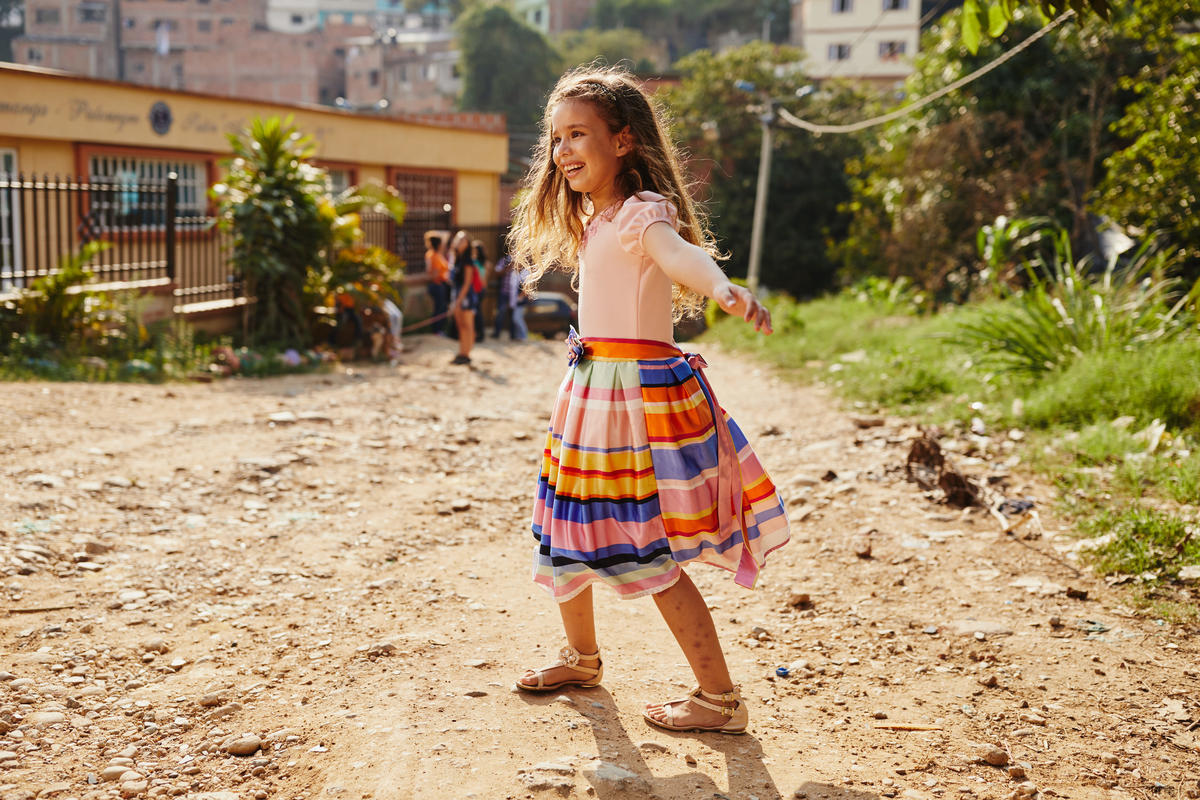 Every child has the right to education, but in Colombia, 1.2 million (or 11 per cent of all school-age children) currently don’t receive any formal education, and those in rural areas are more likely to drop out than children in towns and cities. The knock on effect is illiteracy rates in rural areas that are almost four times higher than in urban areas. World Vision sponsors are helping to even the score, working with government and other programmes to help more children to attend preschool to get ready for school, and have the resources and support they need to go to school and stay there.
Every child has the right to education, but in Colombia, 1.2 million (or 11 per cent of all school-age children) currently don’t receive any formal education, and those in rural areas are more likely to drop out than children in towns and cities. The knock on effect is illiteracy rates in rural areas that are almost four times higher than in urban areas. World Vision sponsors are helping to even the score, working with government and other programmes to help more children to attend preschool to get ready for school, and have the resources and support they need to go to school and stay there.
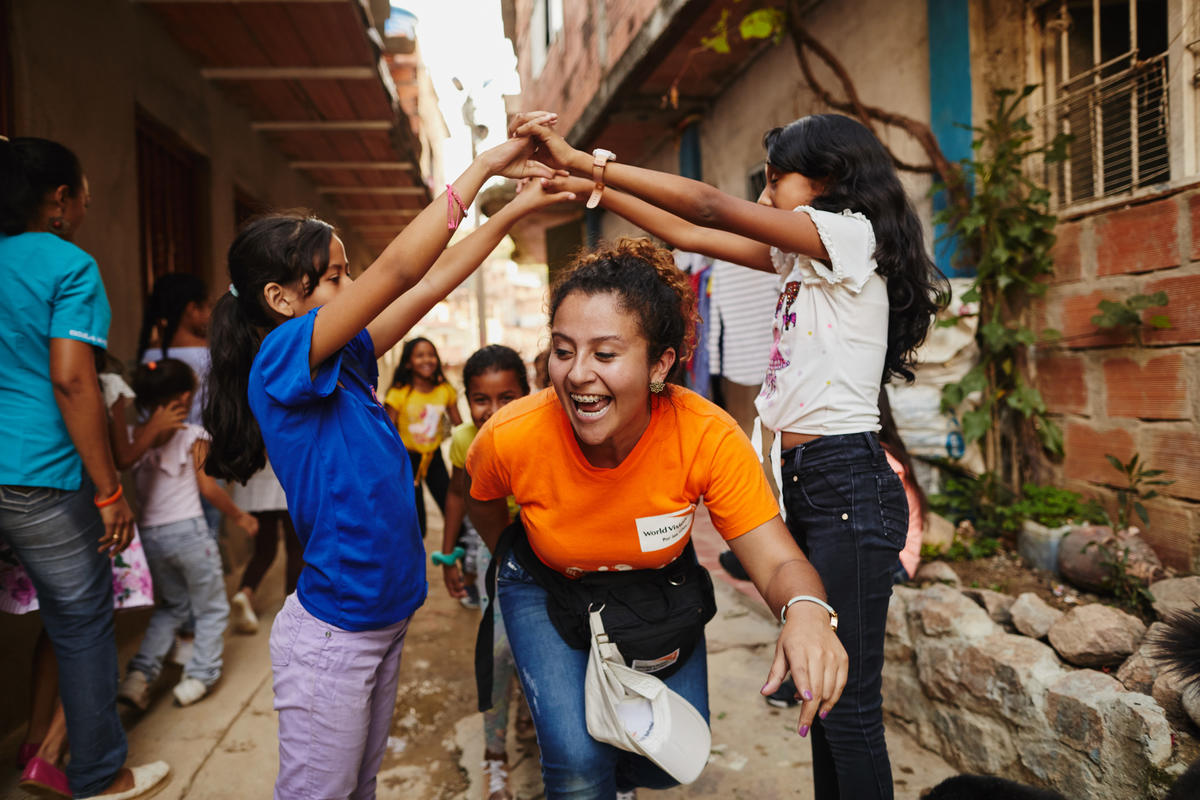
World Vision has been partnering with children and families in Colombia since 1978 to transform the lives and futures of today’s children and the generations to come. Today, child sponsors are helping 76,000 children in five regions of Colombia to thrive.
Child sponsorship – partnering with children and communities to break the cycle of poverty in over 1250 communities in this big, beautiful world.